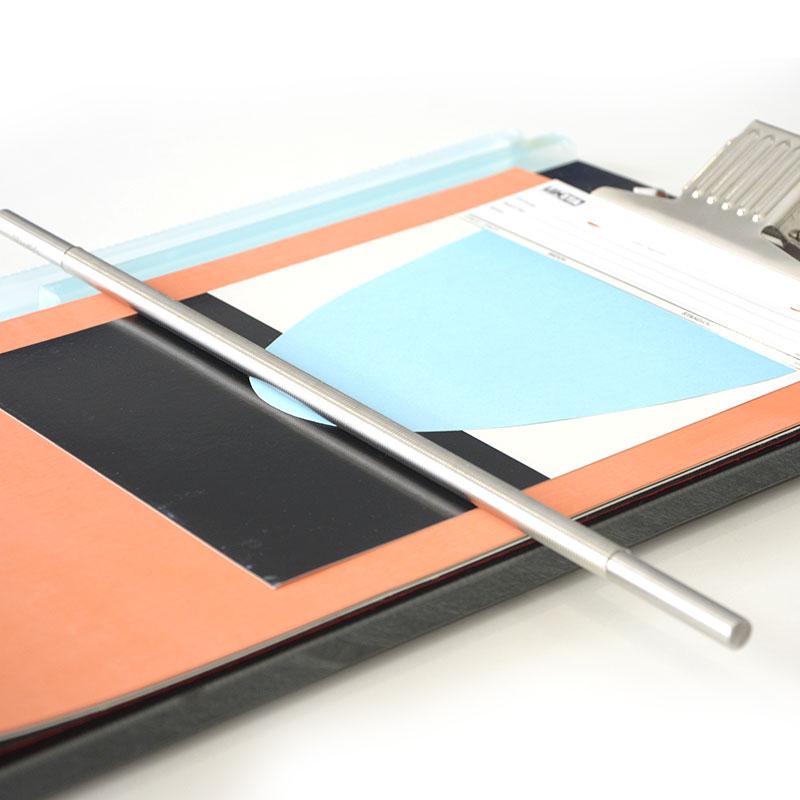Epoxy zinc-rich primer: Corrosion resistant steel protector
Primer plays a vital role in the paint system, it is the first layer of the coating system, mainly used to enhance the adhesion of the top paint, improve the uniformity of the coating, increase the fullness of the coating and provide alkaline and corrosion resistance. In addition, the primer ensures the performance of the entire paint system.
Electrochemical characteristics of zinc powder:
Zinc powder is an important electrochemical anticorrosive pigment. It is lighter than iron, has excellent ductility, and can be alloyed with iron. Importantly, zinc powder has a high electrochemical activity, with a standard electrode potential of -0.76V, which is more active than that of iron (-0.44V). Because of this potential difference, zinc powder is corroded first when it acts as an anode in the coating, while the substrate steel acts as a cathode and is therefore protected.
Action mechanism of zinc-rich primer:
In zinc-rich primers, when the coating is eroded, zinc powder is first corroded as the anode, while the substrate steel becomes the cathode and is therefore protected. Zinc forms oxides during corrosion, which seal the coating to a certain extent and enhance the protection of the substrate. In addition, the zinc powder in the coating is gradually consumed, but the consumption rate is very slow. This results in a decrease in the potential difference between the coating and the substrate, so that when the coating is damaged, the newly exposed metal zinc will make the potential difference rapidly increase, resulting in a strong cathodic protection effect. Therefore, even if the coating is damaged, the rust in the zinc-rich coating will not spread around.
Epoxy zinc-rich primer: Corrosion resistant steel protector

Classification and zinc content of zinc-rich primer:
Zinc-rich primers are generally divided into two types: inorganic zinc-rich primers and organic zinc-rich primers.
Inorganic zinc-rich primer with silicate as binder, the content of zinc powder is not less than 74%.
The organic zinc-rich primer uses epoxy resin as binder, and the zinc powder content is not less than 77%.
Organic zinc-rich primers are less conductive and therefore have a higher zinc content. In some single-coat long-term anticorrosive inorganic zinc-rich primers, the zinc powder content can reach 75% in water-soluble primers, and even more than 82% in solvent-based primers.
Epoxy zinc-rich primer: Corrosion resistant steel protector
Characteristics of epoxy zinc-rich primer:
Epoxy zinc-rich primer is made of zinc powder as filler, solid epoxy resin as base material, polyamide resin or amine admixture as curing agent, and adding appropriate amount of mixed solvent. The zinc powder content in this primer usually exceeds 85% to ensure the formation of a continuous tight coating that is in close contact with the metal. Because the potential of zinc is lower than that of steel, when the coating is eroded, the zinc in the coating film acts as the anode and is corroded first, while the substrate steel acts as the cathode and is protected. The oxidation product of zinc plays a sealing role in the coating, which enhances the protection of the coating on the substrate.
Epoxy zinc-rich primer has the following characteristics:
Rapid drying
The repainting interval is relatively short
crashworthiness
Heat resistance up to 120°C
Good wear resistance
Strong adhesion, good bonding with the next coating
Epoxy zinc-rich primer: Corrosion resistant steel protector
Scope of application:
Epoxy zinc-rich primer is suitable for many fields, including but not limited to chemical equipment, petroleum equipment, power equipment, railways, Bridges, pipelines, automobiles, tractors, cranes, boilers, machine tools, steel structure plants, hydraulic equipment and other manufacturing and maintenance. It performs particularly well in acidic and saline environments.
The preparation method includes the preparation of epoxy resin, zinc powder and curing agent mixed in a suitable mixing solvent. In the construction process, the curing agent needs to be mixed according to a certain mass ratio to achieve curing. Due to its high zinc content, epoxy zinc-rich primers do not cause damage and fall off during the welding process and are therefore suitable for shop pre-coating primers. The 20μm epoxy zinc-rich primer coating can prevent rust for more than 6 months.
Conclusion:
Epoxy zinc-rich primer is not only the guardian of steel structure, but also plays a key role in many industrial fields. Its electrochemical protection mechanism and high zinc content make it a reliable coating choice that extends the service life of equipment and structures, reduces maintenance costs, and improves safety performance. In the future, environmental protection and sustainability will continue to drive innovation in the field of anti-corrosion coatings to ensure that all kinds of equipment and infrastructure can resist the threat of corrosion and erosion in the long term.
